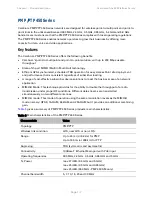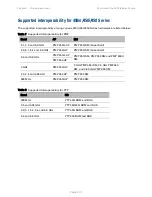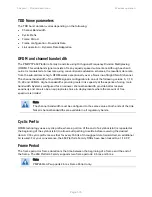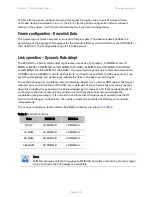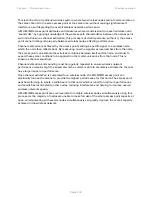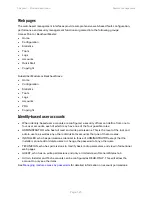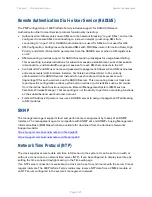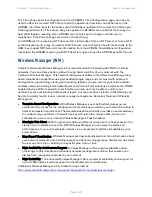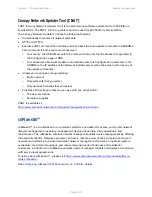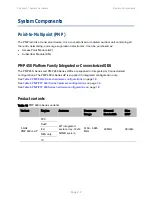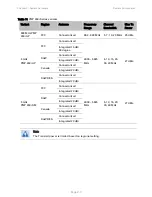
Chapter 1: Product description Wireless
operation
Page 1-18
This is contrast to a traditional wireless system, where two wireless nodes cannot communicate on
the same channel to the same access point at the same time, without causing significant self-
interference and degrading the overall wireless network performance.
A MU-MIMO access point estimates and measures what a transmission from each wireless node
‘sounds like’, by applying knowledge of the wireless path characteristics between the access point
and node. Known as channel estimation, this process is of vital importance; without it, the access
point cannot distinguish properly between wireless nodes, affecting performance.
Channel estimation is achieved by the access point sending a specific signal to a wireless node,
which the node then reflects back. By measuring how the signal was received back from the node,
the access point can estimate the wireless conditions between itself and the node, and know to
expect these same conditions to be applied to other communications from that node. This is
known as channel sounding.
Channel estimation and sounding must be regularly repeated to ensure wireless network
performance remains high; the speed at which a system is able to accurately estimate the channel
has a large impact on performance.
Once channel estimation is completed for a wireless node, the MU-MIMO access point can
electrically tune each antenna to provide the highest performance for that node. The access point
uses beamforming to create a radio beam to that node which is tuned for optimum performance
and avoids beams directed to other nodes, reducing interference and helping to improve overall
wireless network capacity.
A MU-MIMO access point can communicate to multiple wireless nodes simultaneously using this
process. As the majority of nodes are unable to make full use of the whole access point capacity at
once, communicating with several nodes simultaneously can greatly improve the overall capacity
achieved in the wireless network.
.




